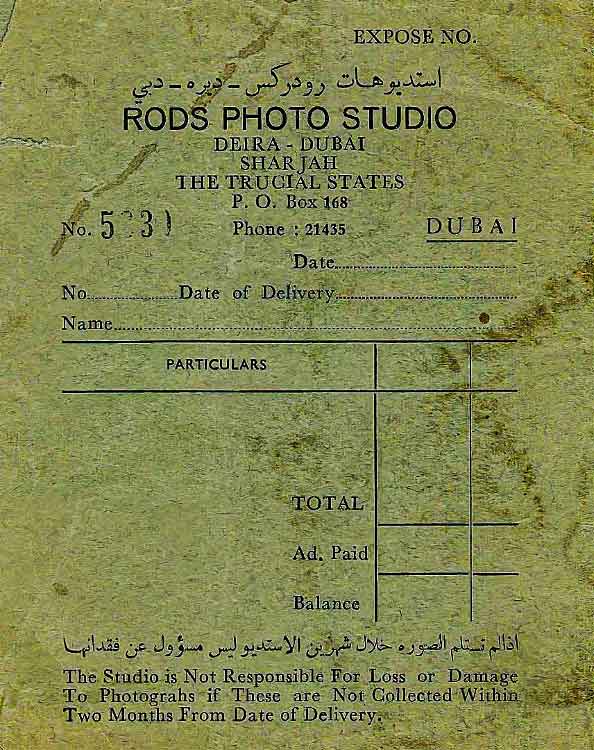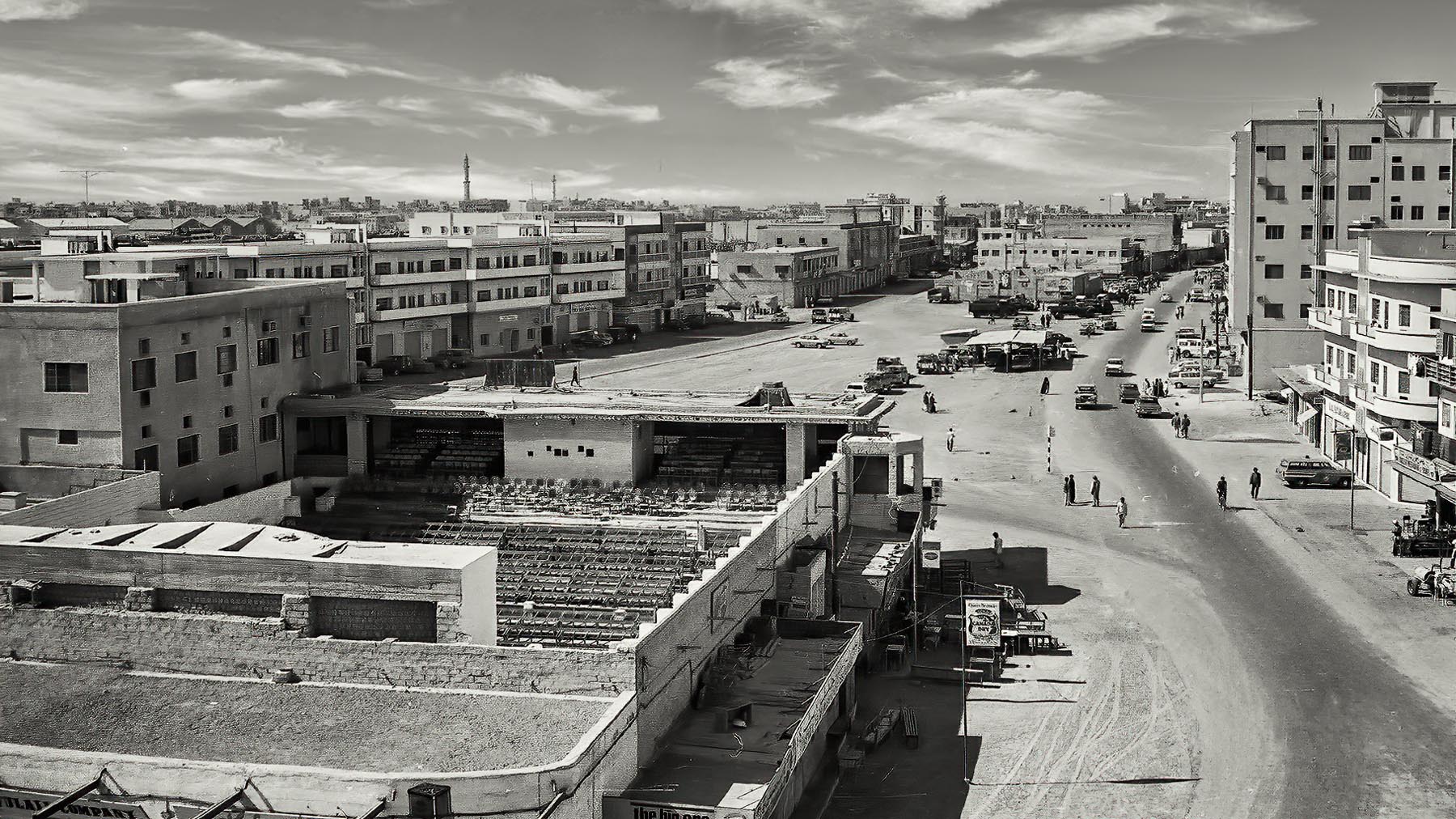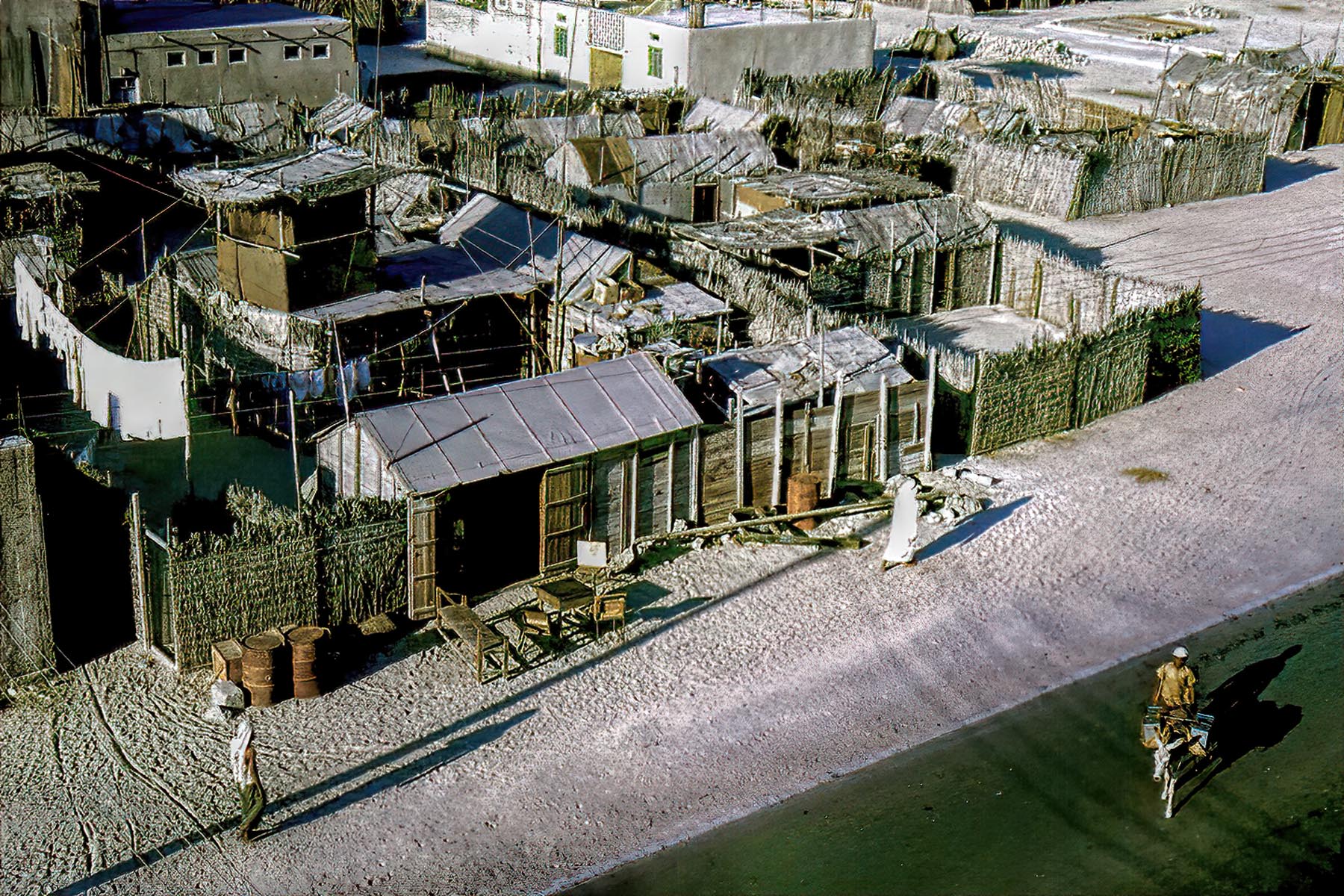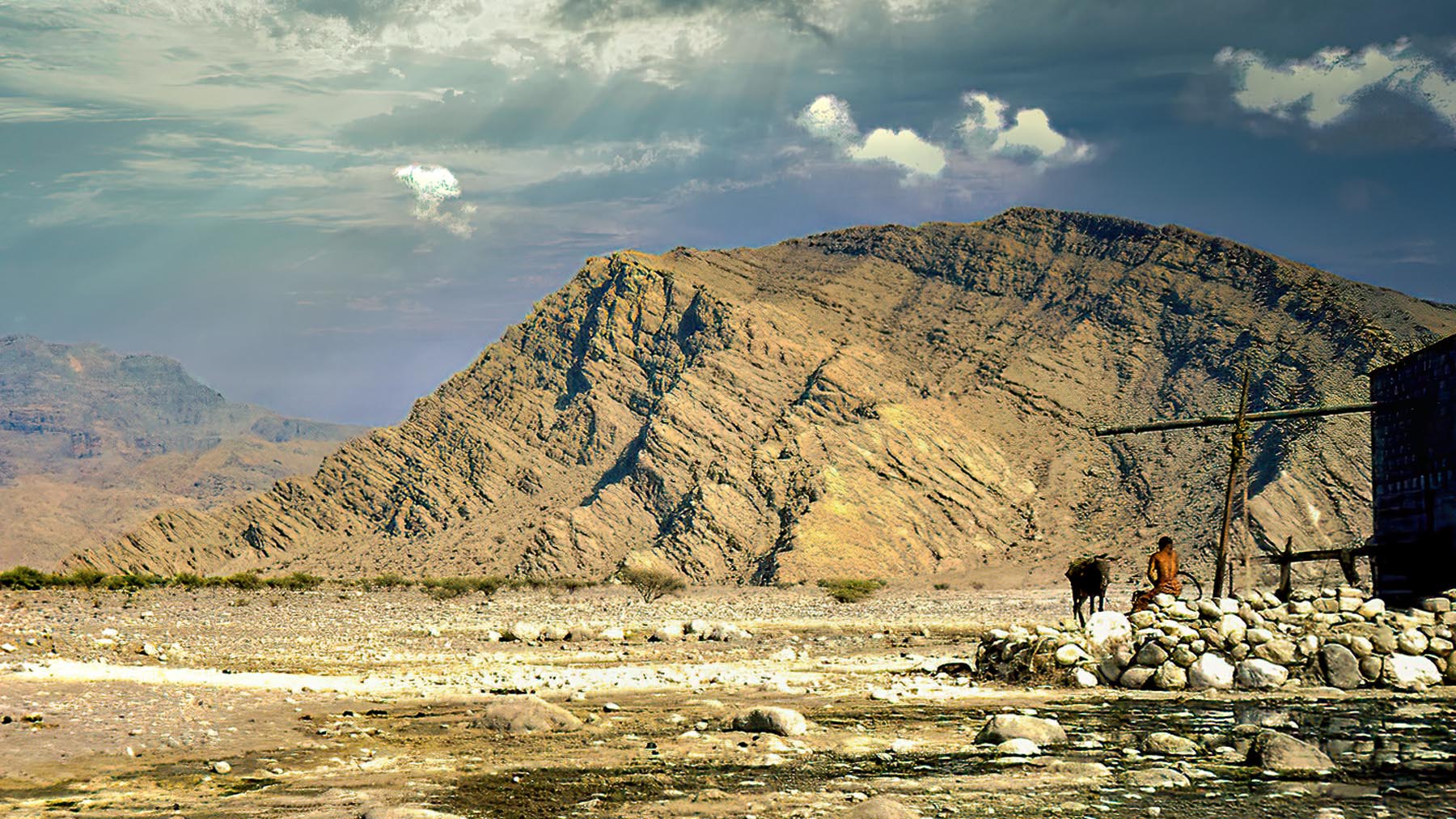
- HOME
- ABOUT
- FEATURED
- WHAT'S NEW??
- Searching for Fresh Water in Trucial States 1965
- Maps of Trucial States Boundaries circa 1965
- Glen Novinger's Images - 1965
- David Riley's Historic Images of 1960s Dubai & Abu Dhabi
- Bastakia and Markets by Mandy Watson
- Dubai Creek 1980s by Mandy Watson
- Mandy Watson: Camel Track 1984
- Brenda G - Pianist@The Red Lion
- McDermotts on Dubai Creek
- IMAGE GALLERY
- TOP of PAGE
- 🔎
- -





